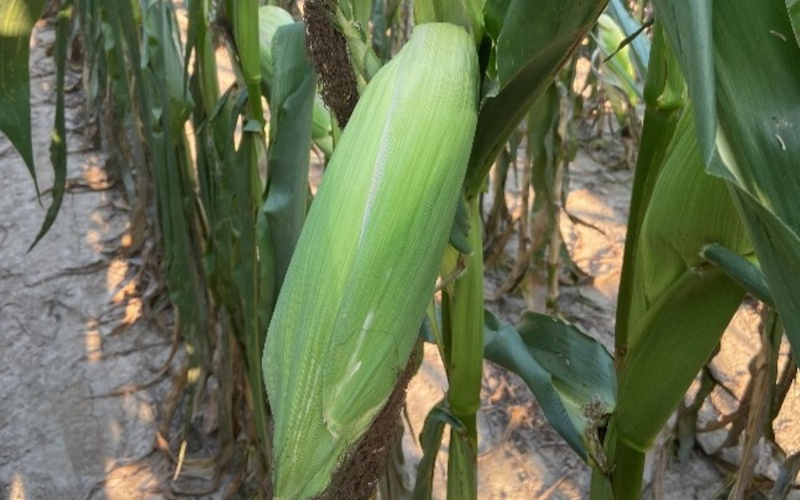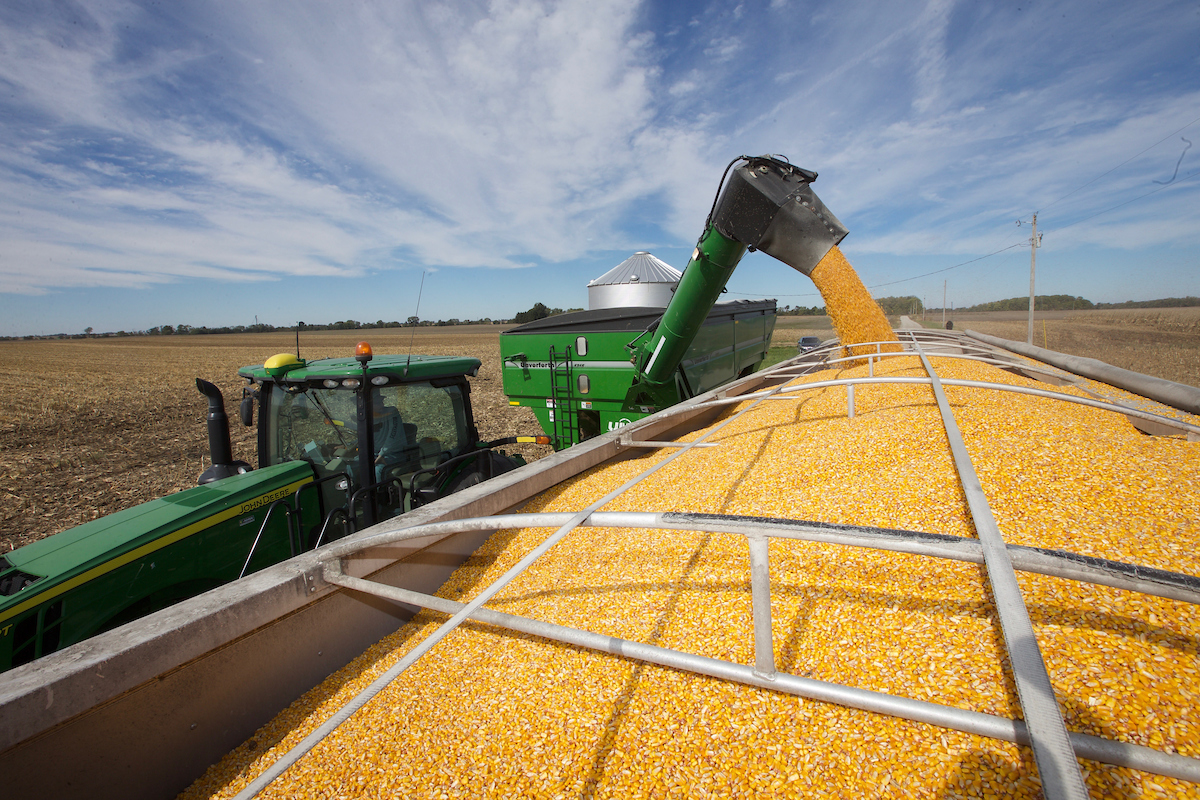Corn Planting Considerations for 2022
The key to maximizing corn yield is largely driven by minimizing the impact of potential yield-limiting factors during the growing season. The moment the corn seed is moved into the planter and placed into the ground in the spring, yield-limiting factors begin to go to work to limit potential corn yield. Being able to identify your specific yield-limiting factors and how to manage them is an important step in producing consistent and high corn yields. The goal of the planter is to optimize seed placement, depth, spacing, and seed-to-soil contact. Corn must achieve rapid, uniform emergence, with equidistant spacing in order to get off on the right foot to maximize yield later in the season. If corn does not get off to a good start, the crop is likely already a step behind, and maximum yield potential may already be out of reach early in the season.
What factors influence corn germination and emergence?
- Soil Temperature – variable soil temperature at planting can cause variable corn emergence, especially when corn is planted in temperatures that hover around 50° Variable corn emergence can reduce corn yield upwards of 10%. Variable soil temperatures can be caused by variable seed depth, soil conditions, residue levels, and weather patterns.
- Soil Moisture – like soil temperature, variable soil moisture at planting can also cause variable corn emergence. Variable soil moisture can be caused by variable seed depth, soil conditions, residue levels, and weather patterns.
- Seed-to-soil Contact – good seed-to-soil contact is required for seeds to imbibe water and germinate. Poor seed-to-soil contact as a result of residue interference, planting too wet, and improper furrow closure can cause variable corn emergence and germination.
- Seed Depth – the depth the seed is planted can directly determine the conditions in which the seed is planted into. Seeds planted too shallow may be planted into soil conditions that are too dry and/or too cold, whereas a seed planted too deep may be planted into soil conditions too wet. Planting seeds at improper depths and into improper conditions can result in variable seed germination and emergence.
What planter equipment should a farmer invest in?
As harvest finishes this fall, and focus begins to shift to planting next spring, a popular question is often, which equipment upgrades should I add to my planter? Planter manufacturers continue to introduce new tools and technologies to improve spring planting performance, yet it can often become confusing when choosing which equipment to add, especially since this decision is often a significant investment for many. Choosing which upgrades or changes need to be made to your planter, starts by identifying specific planting or crop stand establishment issues you already have. There is no singular piece of equipment or technology that works for every farmer, in every field, and in every situation. For example, do you currently have difficulty with non-uniform seeding depth? Then, it is possible the row-unit down pressure system needs to be checked or upgraded. Or, do you have difficulty with poor furrow closure, poor seed-to-soil contact, or residue interference? Then, it is possible the row cleaner or closing wheel systems needs to be checked or upgraded. Lastly, it is also important every year to thoroughly examine, diagnose, and maintain the certain parts or problems the planter currently has. Improper maintenance and worn-out parts can cause planting issues as well, that frankly an upgrade in new technology may not help.






